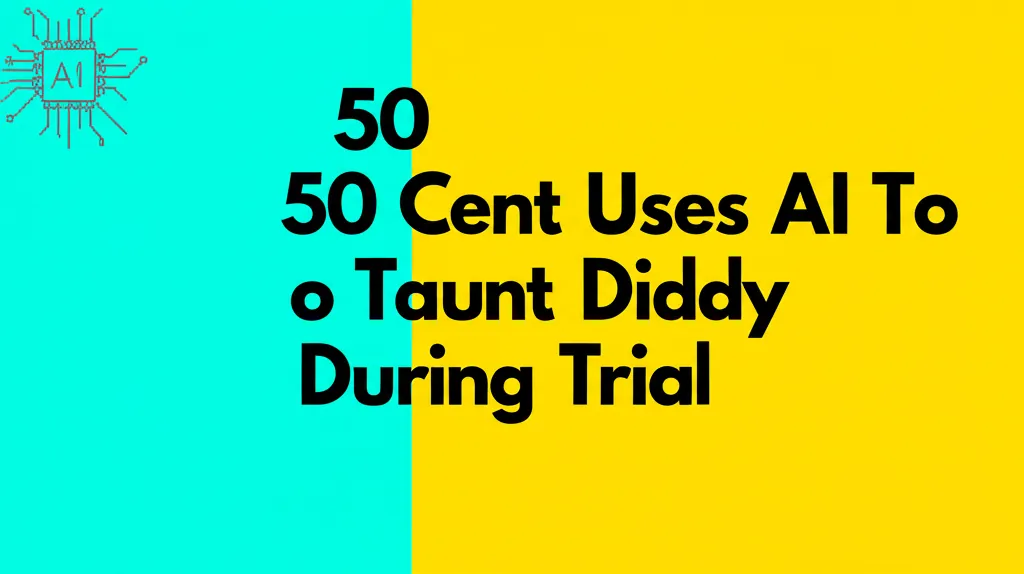Developer Offer
Try ImaginePro API with 50 Free Credits
Build and ship AI-powered visuals with Midjourney, Flux, and more — free credits refresh every month.
ACDSee Champions Local AI and Ethics in Photo Editing
![]()
In the rapidly evolving world of artificial intelligence, particularly in creative fields like photo editing, understanding a company's ethical stance is crucial. The team behind ACDSee photo software, ACD Systems, recently shared their perspective on AI ethics, user privacy, and how these principles guide their software development.
Full disclosure: This article is brought to you by ACD Systems
We spoke with Mark Cosgrove, VP of Product Development, and Daniel Howill, Team Lead and Product Manager at ACD Systems, to delve into their approach.
As AI tools become more prevalent, concerns about data usage, model training, and privacy are paramount. Our conversation with ACD Systems aimed to clarify their position on these sensitive topics, especially concerning the latest version of their software.
Watch: ACDSee 2025 - What's New?
The core takeaway? ACD Systems prioritizes a customer-first, ethical approach focused on securing user data through local, on-device AI processing.
Nothing Gets Sent To ACDSee Servers
A significant differentiator for ACDSee in the current AI landscape is its commitment to local processing. Unlike many competitors that require users to upload photos to the cloud for AI tasks, ACDSee's AI functionalities run directly on the user's computer. Howill and Cosgrove confirmed that no user images are sent to ACDSee servers for AI processing.
This eliminates a major point of confusion and concern for users, as cloud-based services often have varying and sometimes opaque policies regarding data usage. With ACDSee, photographers retain full control over their images, as the software processes everything locally.
We Take Copyright and Artist Rights Seriously
AI model training is another hot-button issue. ACD Systems assures users that their data is not used for training its AI models. Instead, the company employs other proprietary methods, safeguarding user privacy and the autonomy of their creative work.
Howill emphasized that ACD Systems is acutely aware of data sensitivities and holds copyright and artist rights in high regard. Their local processing model is a direct reflection of this commitment, aiming to provide users with peace of mind.
Furthermore, ACDSee operates without a mandatory catalog system like Adobe Lightroom. Users aren't required to import photos into a specific database or cloud service. They can work directly with files stored on their local or external drives, maintaining a more traditional and direct file management workflow.
Watch: ACDSee 2025 - AI Features
Customer Driven Service Based Approach
ACD Systems' approach to AI stems from its long-standing company culture. Since 1994, ACDSee has cultivated a dedicated user base. Integrating AI was a move to embrace technological advancements and, more importantly, to address user needs by saving time and streamlining the editing process.
"AI is the future. If you’re not at least pushing the envelope there, you’re going to be left behind," stated Howill. The goal is to return valuable time to creatives, allowing them to focus on shooting rather than tedious post-processing. AI is viewed as an assistant, designed purely to help.
User Friendly Workflow
ACDSee is designed to integrate smoothly into existing workflows, even those involving other software. It doesn't lock users into its ecosystem. The software features a layered editor, described by Howill as akin to a Photoshop "light," combined with a develop mode similar to Lightroom, offering an all-in-one solution.
However, Cosgrove noted that users can easily exchange files with external editors like Photoshop directly from the ACDSee interface. This flexibility allows photographers to leverage ACDSee's strengths—be it browsing, digital asset management (DAM), or editing—in a way that best suits their individual preferences.
Watch: ACDSee 2025 - Develop Mode Watch: ACDSee 2025 - Edit Mode
ACDSees AI Tools
ACDSee’s AI features are built to tackle common editing challenges and save time. These include tools for sky replacement, complex selections, portrait retouching, AI Super-Resolution, AI Face Edit, and AI-powered actions for advanced manipulation.
One standout tool, even for those using multiple editing apps, is Light EQ. It functions similarly to HDR but offers more nuanced control, intelligently adjusting lights, mids, and darks to balance exposure across an image. It excels at recovering detail in blown-out highlights or deep shadows by analyzing the entire composition, with sliders for fine-tuning.
Beyond editing, ACD Systems has applied AI to Digital Asset Management (DAM). Recognizing the challenge of managing large photo libraries, ACDSee uses AI Keywords to analyze images and automatically apply relevant keywords based on subject matter. Combined with AI Face Detection and Recognition (which requires users to manually label names initially), these tools drastically speed up the process of finding specific photos.
"Our goal is to continue to make AI a smart assistant...one that speeds up editing and improves organization," Howill explained. The aim is to help photographers efficiently manage and cull their collections.
Watch: ACDSee 2025 - AI Keywords and Search
Navigating Rapidly Changing Technology and Customer Needs
Looking forward, ACD Systems emphasizes that its active user community plays a vital role in shaping ACDSee’s future development.
"We have a very active forum on our website...We have some really experienced 25 year long customers that are on that forum every day helping new users out," Howill shared.
This constant feedback loop allows the company to remain agile and responsive to the evolving needs of photographers in a fast-paced technological landscape.
Full disclosure: This article is brought to you by ACD Systems
Image credits: ACD Systems
Compare Plans & Pricing
Find the plan that matches your workload and unlock full access to ImaginePro.
| Plan | Price | Highlights |
|---|---|---|
| Standard | $8 / month |
|
| Premium | $20 / month |
|
Need custom terms? Talk to us to tailor credits, rate limits, or deployment options.
View All Pricing Details

